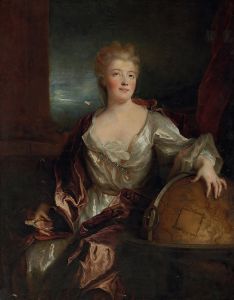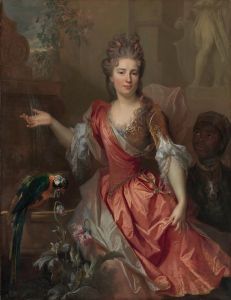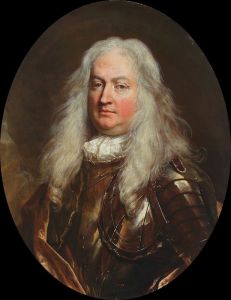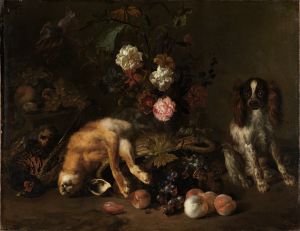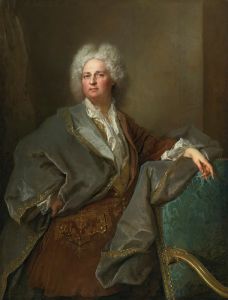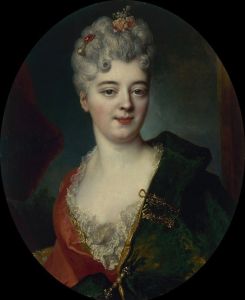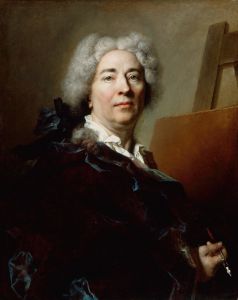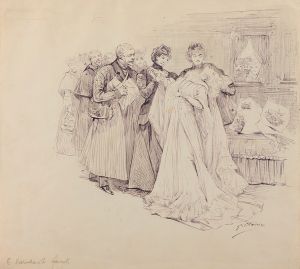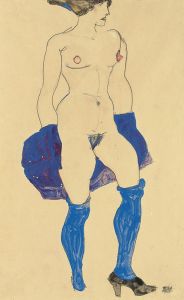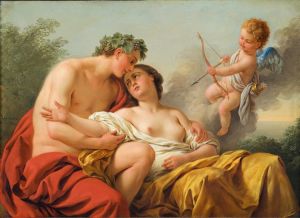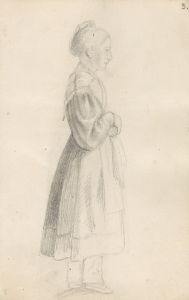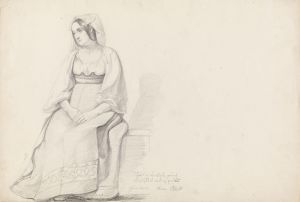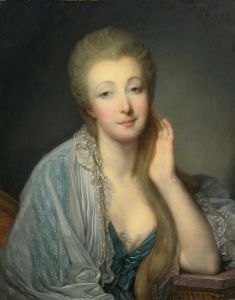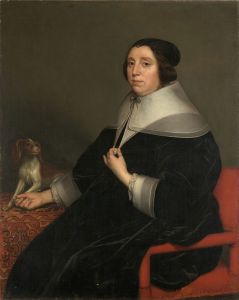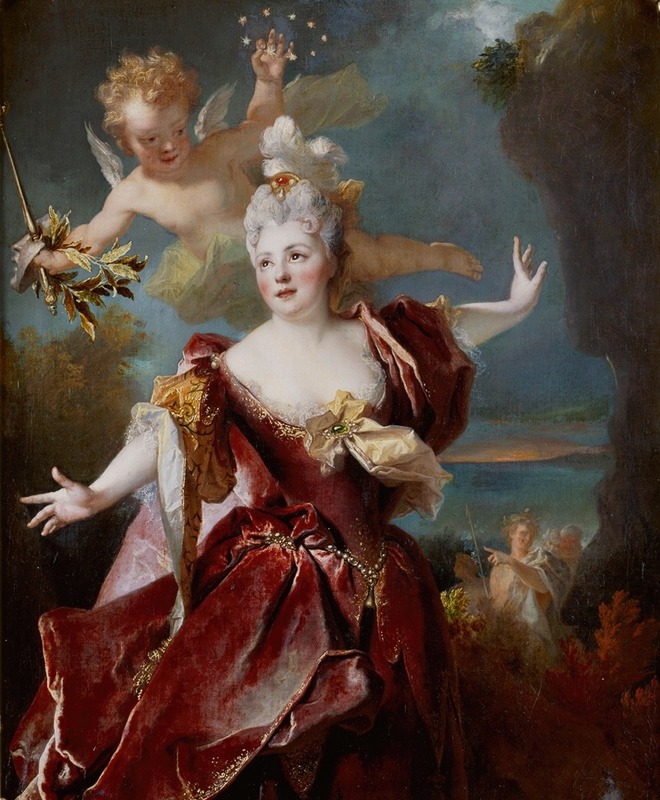
Portrait de la comédienne Marie-Anne de Châteauneuf, dite Mlle Duclos , dans le rôle d’Ariane
A hand-painted replica of Nicolas de Largillière’s masterpiece Portrait de la comédienne Marie-Anne de Châteauneuf, dite Mlle Duclos , dans le rôle d’Ariane, meticulously crafted by professional artists to capture the true essence of the original. Each piece is created with museum-quality canvas and rare mineral pigments, carefully painted by experienced artists with delicate brushstrokes and rich, layered colors to perfectly recreate the texture of the original artwork. Unlike machine-printed reproductions, this hand-painted version brings the painting to life, infused with the artist’s emotions and skill in every stroke. Whether for personal collection or home decoration, it instantly elevates the artistic atmosphere of any space.
Nicolas de Largillière's painting Portrait de la comédienne Marie-Anne de Châteauneuf, dite Mlle Duclos, dans le rôle d’Ariane is a notable example of 18th-century French portraiture. The artwork depicts Marie-Anne de Châteauneuf, known as Mlle Duclos, a celebrated actress of the Comédie-Française, in the role of Ariane. This role is associated with the classical theatrical tradition of the period, reflecting the prominence of French drama and the cultural significance of theater in the late 17th and early 18th centuries.
Mlle Duclos was a prominent figure in the French theatrical world, known for her performances in tragedies, a genre that demanded both emotional depth and technical skill. Her portrayal of Ariane likely drew from her expertise in embodying complex and dramatic characters, a hallmark of her career. The character of Ariane, rooted in classical mythology, is often associated with themes of love, betrayal, and abandonment, which were central to many theatrical works of the time.
Nicolas de Largillière, the artist, was one of the leading portrait painters of his era, renowned for his ability to capture the elegance and personality of his sitters. In this painting, he combines his mastery of detail with a theatrical flair, emphasizing both the actress's identity and the dramatic role she embodies. The composition and use of color highlight the grandeur and sophistication of the subject, aligning with the artistic conventions of the French Baroque and Rococo periods.
The painting not only serves as a portrait of an individual but also as a representation of the cultural and artistic milieu of early 18th-century France. It reflects the close relationship between the visual arts and the performing arts during this period, as well as the elevated status of actors and actresses in French society. Mlle Duclos's depiction in costume underscores the importance of theater as a cultural institution and its role in shaping public and artistic life.
Currently, detailed information about the painting's provenance, current location, and exact date of creation is not widely available. However, it remains an important work for understanding the intersection of portraiture and theatrical representation in the early 18th century.





